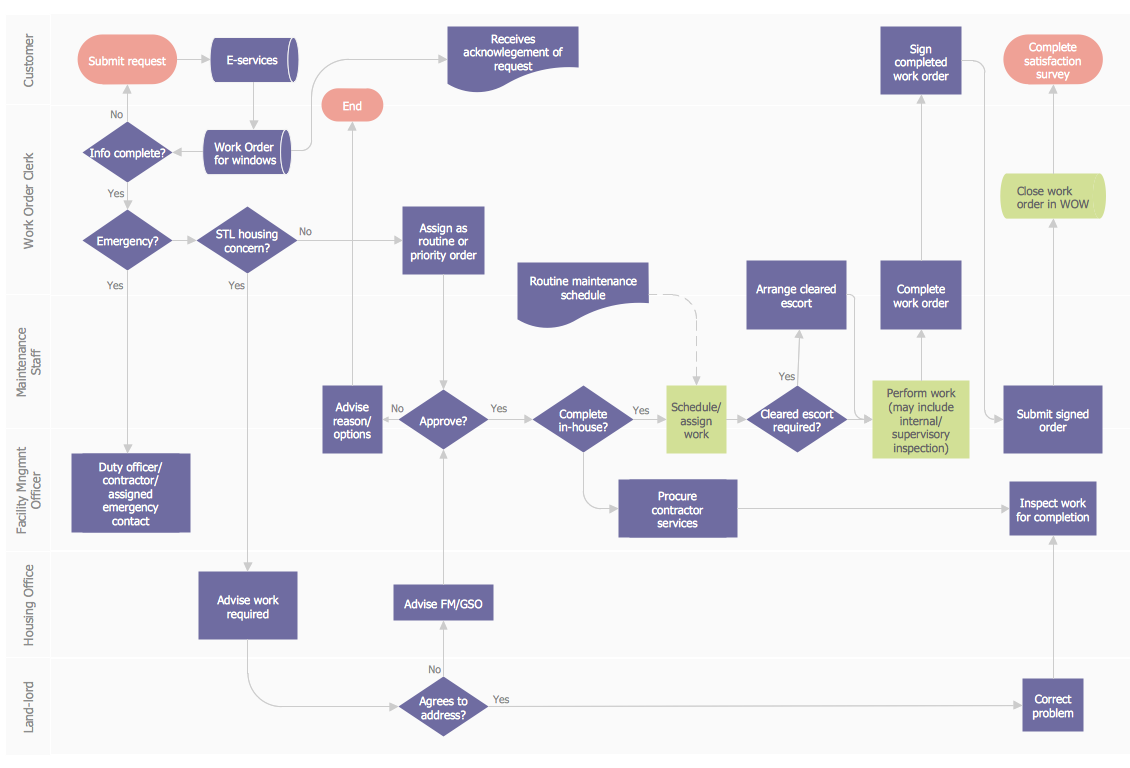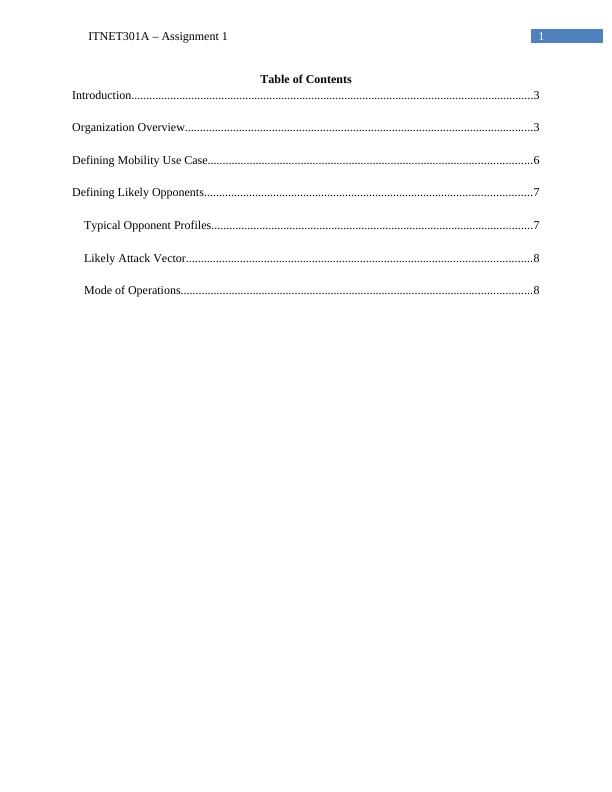

#Sample process flow diagram manual
Once you identify tasks to automate, you can leverage process management software to streamline those activities.Ħ6% of technical leaders say process automation has reduced time spent on manual processes by 11–30%. Using a process flow diagram can reveal automation opportunities. Examples include filling out forms, routing work items to other employees, and entering data into a database. Mundane tasks take employees away from higher-value work. In fact, 34% of knowledge workers have indicated chasing approvals as a reason for staying late at work.Īnalyzing a workflow can reveal inefficiencies like manual approvals that are weighing your company down. But getting documents approved is both tedious and time-consuming. Process flow diagrams provide a top-down view of how work gets done, making them useful for workflow analysis - the process of analyzing a workflow and improving its efficiency.įor example, some processes can’t continue without the necessary approvals, e.g. This can lead to higher engagement and increased job satisfaction. When employees feel their contributions are important, they’re more likely to feel valued and work harder. Employees know exactly what their roles are and how their work fits into the bigger picture. Well-defined process workflow diagrams increase transparency by providing visibility across a process. Without transparency, employees feel out of the loop on important matters, which can affect engagement.Ī survey from Gallup found that just 36% of employees are engaged at work. Increases Workplace TransparencyĮstablishing transparency is key to creating a productive environment. Here are additional benefits of creating and implementing business process flow diagrams across your organization. Streamlining these actions can help you minimize errors and reduce turnaround times. Processes like onboarding, procurement, and invoicing generally follow the same set of steps each time they run. Why You Should Create Process Flow Diagrams Instead of figuring things out on their own, employees can refer to a process flow diagram for guidance.īefore we look at how you can create a process flow diagram, let’s look at why you should. That’s valuable time that could be spent more productively elsewhere. Just consider that employees spend roughly eight hours a week working inefficiently.

Why You Should Create Process Flow DiagramsĪ process flow diagram is a flowchart that illustrates the sequence of steps needed to complete a business process.We’ll also look at some examples, so you can see how these diagrams look in practice.
#Sample process flow diagram how to
This article will take an in-depth look at what process flow diagrams are, including how to create them and why you should. But a better approach is to create a process flow diagram - a graphical representation of a process from start to finish. Writing down each step is a good place to start. Doing so standardizes procedures and ensures that employees perform each step the same way every time. One of the best things you can do is to document your processes. Operating at a high level of efficiency means you can produce more at lower costs. Every company strives (or at least should strive) to create efficiency.


 0 kommentar(er)
0 kommentar(er)
